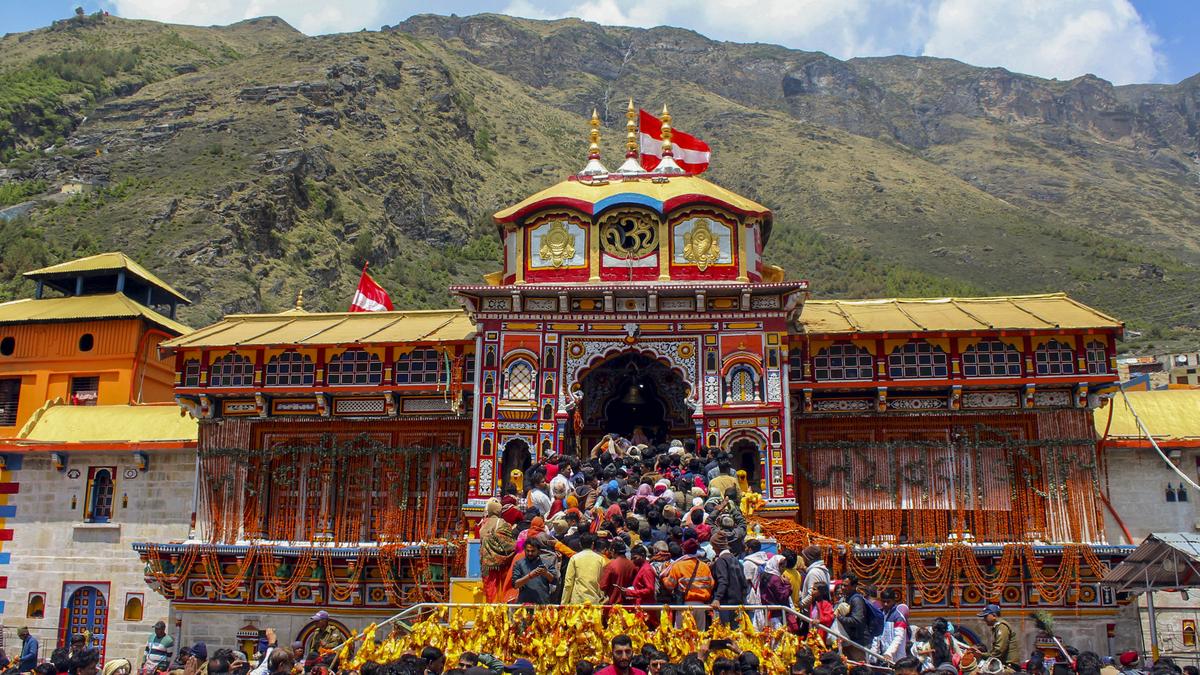
Column | How to visit a temple
The Hindu
Explore the history, geography, politics, and economics of Hindu temples for a deeper understanding of Indian culture.
A visit to a Hindu temple can be a lesson in history and geography, politics and economics, along with spiritual upliftment. If we allow it, the structure, to speak to us.
Let us begin with history. How many of us ask who built the temple? Temple lore will say every temple was built thousands of years ago, in Satya Yuga or Treta Yuga, that the images existed in the time of Rama and Krishna. But historians will argue that Hindu temples emerged slowly, from orchards full of termite hills where Yakshas and Nagas were worshipped, to rock-cut caves and rock-cut temples emerging after 500 CE, and eventually to free-standing temples by 1000 CE. Many were built by kings to declare royal power. Pattadakkal in Karnataka was built by the Chalukyas. Tamil Nadu’s Brihadeeswara was built by the Chola kings. It revealed their military might.
Now comes the geography. Is the temple located on a mountain or a seaside? For example, the Srirangam temples are on river islands. Puri temple is on the sea coast. Tirupati is on a mountaintop. Kedarnath and Badrinath are far away from human habitation, on trade routes. There is meaning here. It is not random. Ask yourself — why was it built here? We find Jain temples on mountaintops because it represents the Tirthankara achieving omniscience, and so is visualised seated atop a mountain, facing all four directions, speaking to all creatures who gather around him in circles.
The third aspect is about the economics and politics around the temple. Who is funding it? Who is taking care of it? How is it related to the surrounding neighbourhood — is there a marketplace outside? These are questions you can think about on your way to the temple. It draws attention to the many farmers, herdsmen, artisans who contribute to the upkeep of the temple, not just the priests and patrons.
When you see the temple, you can notice immediately if it has walls. Khajuraho does not have walls. Jagannath Puri has walls. These were built after Islamic invasions from Bengal. Tamil temples often have elaborate gopurams or entry gateways. The Chola period gopurams were small. Over the centuries, they became higher and higher, as if competing with the minarets of mosques, and with the achievements of previous rulers.
Next, observe if the temple is facing east or west. Many Vaishnava temples face the west or Lakshmi because she emerges from the ocean, while others face east, the rising sun. It is not standard. Some temples in the South, especially of goddesses, face the north.
Then, there are the shikharas, the tower above the garbha griha or the sanctum sanctorum. Multiple domes are seen in North Indian Hindu and Jain temples. The North Indian shikharas look like a set of mountains, while the South Indian ones look like a series of huts built one on top of the other, more pyramidal, not curvilinear. At the top of the temple, is there a pot or a flag or a wheel?





















 Run 3 Space | Play Space Running Game
Run 3 Space | Play Space Running Game Traffic Jam 3D | Online Racing Game
Traffic Jam 3D | Online Racing Game Duck Hunt | Play Old Classic Game
Duck Hunt | Play Old Classic Game











